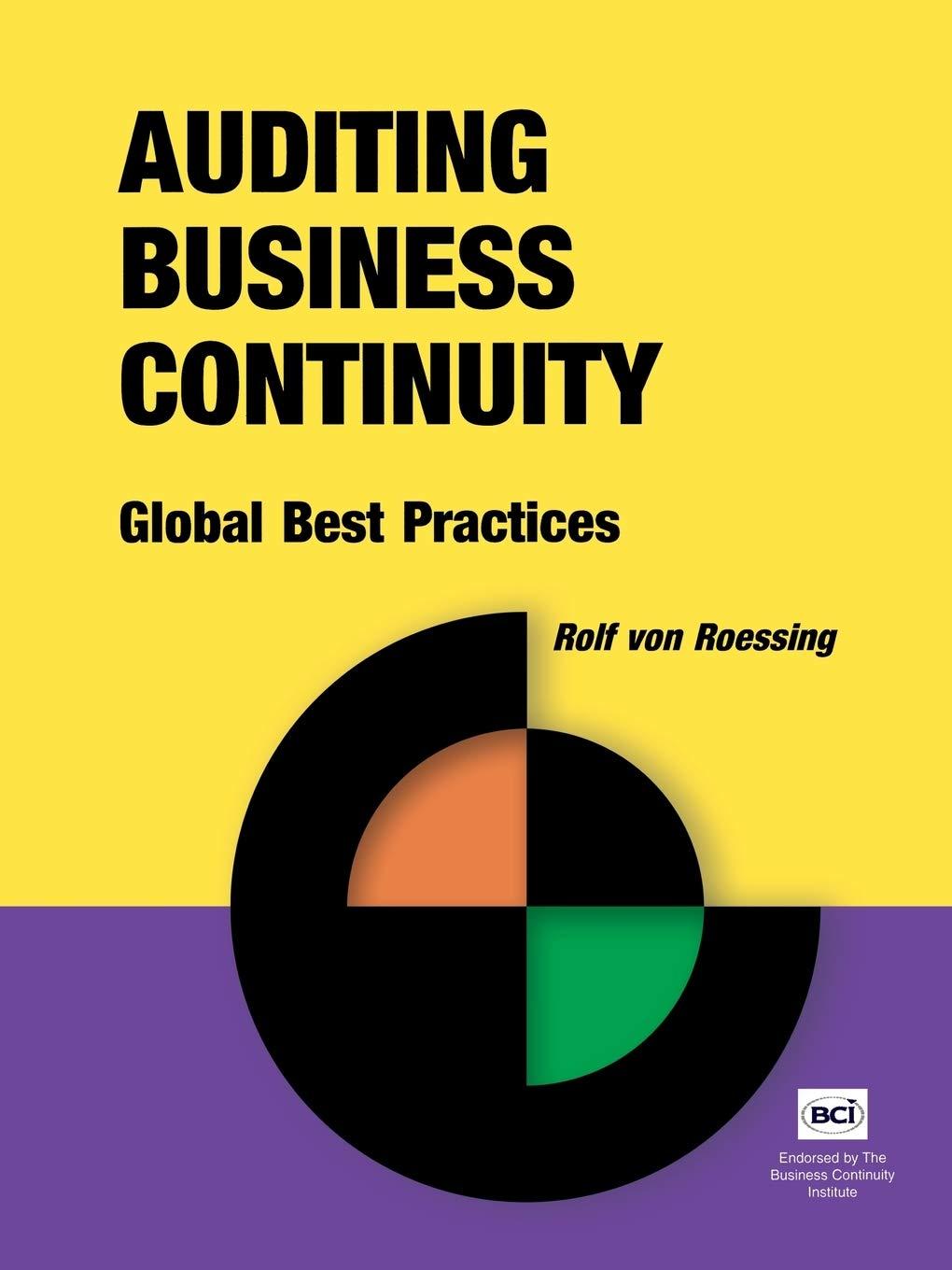Question
Kenya Corporation had an equity structure that consisted of $1 par value common stock, $3,500,000; paid-in capital in excess of par, $17,500,000; and retained earnings,
Kenya Corporation had an equity structure that consisted of $1 par value common stock, $3,500,000; paid-in capital in excess of par, $17,500,000; and retained earnings, $22,700,000.Transaction A Believing that its share price was depressed due to general market conditions, Kenya's board of directors authorized the reacquisition of 250,000 shares of common stock. These treasury shares were purchased at $10 per share.Transaction B Subsequent to Transaction A, the stock price increased to $17 per share, and half of the treasury shares were sold in the open market.Transaction C Subsequent to Transaction B, Kenya experienced business difficulties that necessitated it selling the remaining treasury shares to raise additional cash. The shares were sold for $6 per share.(a)Assuming that all 3,500,000 shares of Kenya were issued at the same time and at the same price per share, what was the original issue price? How does this compare to the price paid in Transaction A, and is it rational for a company to pay more to buy back shares than it originally received upon the initial issuance?(b)Prepare an appropriate journal entry to record Transaction A. Kenya records treasury shares at cost.(c)Prepare an appropriate journal entry for Transaction B.(d)Prepare an appropriate journal entry for Transaction C.(e)Is there any income statement impact from these transactions? What is the impact on total stockholders' equity from each of the three transactions?
Step by Step Solution
There are 3 Steps involved in it
Step: 1

Get Instant Access to Expert-Tailored Solutions
See step-by-step solutions with expert insights and AI powered tools for academic success
Step: 2

Step: 3

Ace Your Homework with AI
Get the answers you need in no time with our AI-driven, step-by-step assistance
Get Started


